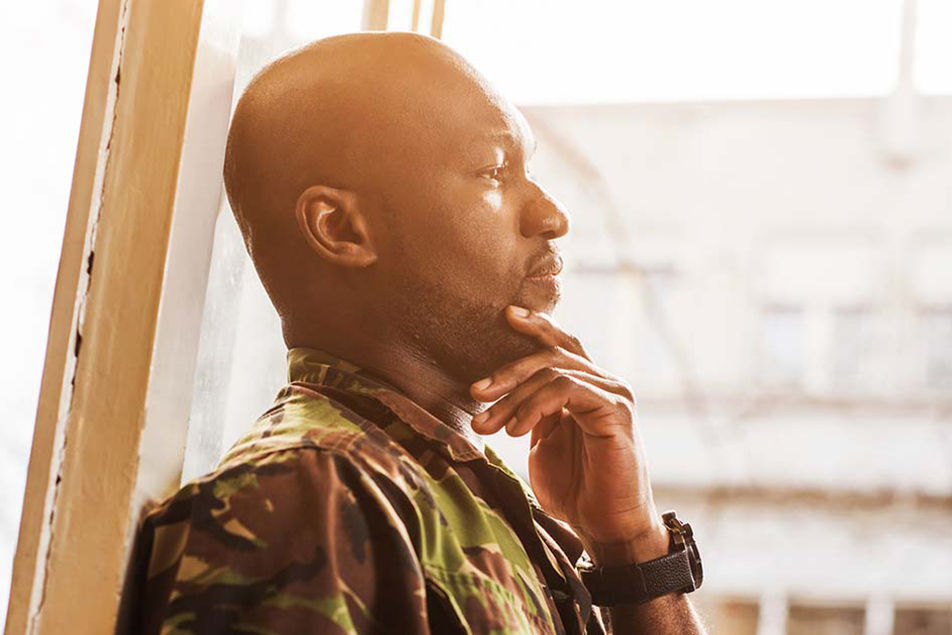

Today we pause to give thanks to all of the military service men and women who have dedicated themselves to keeping our country safe. It’s also important to recognize that tremendous sacrifice often accompanies that service. As we graciously acknowledge the dedication of these brave soldiers, we also want to take the opportunity to expound upon a frequent but often misunderstood disorder that greatly impacts our military community. Connie Kerrigan, RN, BSN, director of outreach, Parkview Behavioral Health, has more on Post-Traumatic Stress Disorder.
What is Post-Traumatic Stress Disorder?
Post-Traumatic Stress Disorder (PTSD) is a condition that develops for some after they experience a shocking, scary or dangerous event. While the disorder is most commonly associated with military employees, it can happen to anyone, at any age. In fact, even the sudden loss of a loved one can cause PTSD.
Who is at risk for PTSD?
It is natural to feel afraid during and after a traumatic situation. Fear triggers many split-second changes in the body to help defend against or avoid danger, and help protect us from harm. Most people recover from their initial response without any support. However, some continue to experience symptoms and may be diagnosed with PTSD. Those who have PTSD may feel stressed or frightened despite not being in a dangerous situation.
How soon will PTSD symptoms occur?
PTSD can occur shortly after the frightening event or may not manifest until years later. PTSD can also be relatively short-lived, lasting only a few months, or, in some cases, persist for many years.
What are the symptoms of PTSD?
In adults, symptoms may include bad dreams, frightening thoughts or flashbacks of the triggering event and physical symptoms such as a racing heart or sweating, as well as difficulty sleeping. Individuals may also avoid situations that remind them of what happened such as driving or riding in a car. Some people may also experience angry outburst, feelings of being easily startled, or feeling tense or on edge. PTSD can also be associated with feelings of depression and/or substance abuse as a means to cope with what is happening.
Children’s symptoms may be different than that of adults, especially for those less than six years of age, and can include bedwetting, recreating the event through play or being unusually clingy. Older children and adolescents may exhibit angry outbursts.
What to do if you think you or a loved one is experiencing PTSD symptoms?
First and foremost, remember that help is available. Talking with your family doctor is a great place to start. Your family doctor can help you find resources and support. Recognizing the symptoms and seeking help is the first step in living the life you deserve.